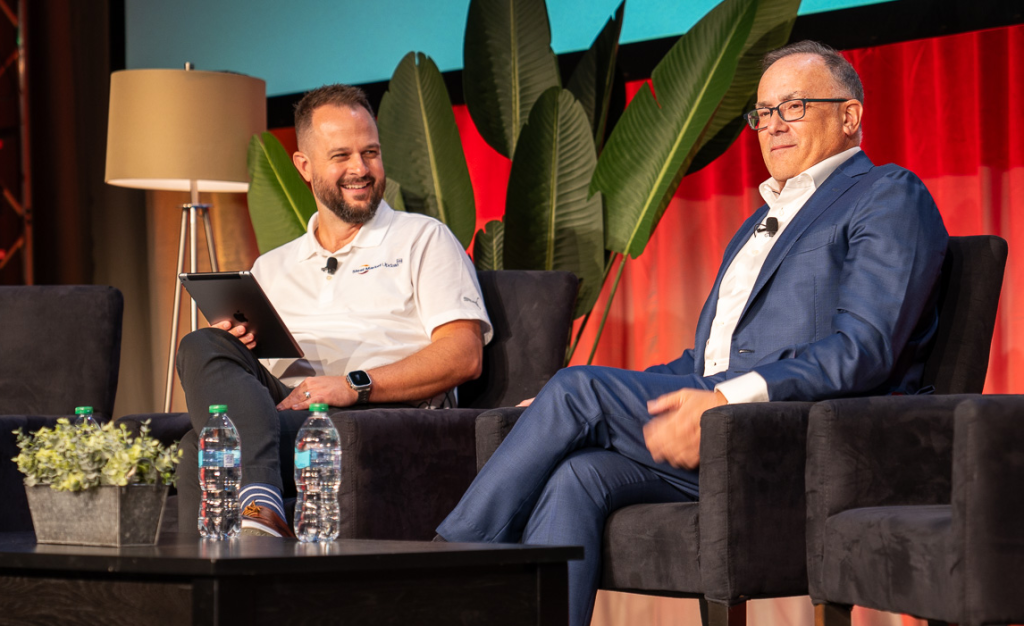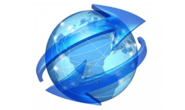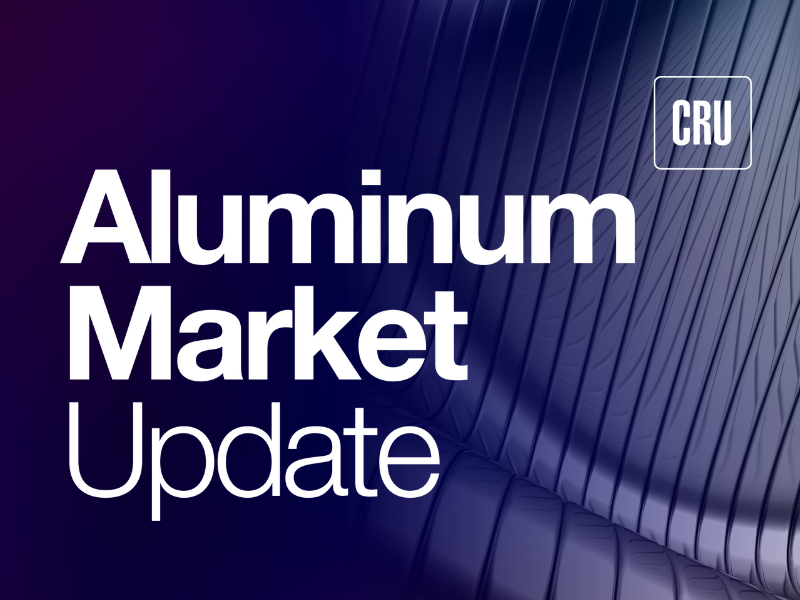Analysis
September 6, 2024
Steel Summit 2024: Stelco CEO reflects on strategy, growth, and sale to Cleveland-Cliffs
Written by Laura Miller
Cleveland-Cliffs Inc.’s $2.5-billion acquisition of Stelco, announced in July, may have come as a surprise to many. Even the CEO of the Canadian steelmaker wasn’t exactly expecting it. But after some consideration, he thinks the deal makes sense, believing it will set the stage for future growth in the North American steel industry.

In a candid fireside chat with SMU Senior Analyst/Editor David Schollaert, Stelco CEO Alan Kestenbaum opened up about Stelco’s pending sale to Cliffs and his business strategy, industry outlook, and plans for the future. The chat took place on Tuesday, Aug. 24, at the 2024 SMU Steel Summit in Atlanta.
Having overseen and turned around businesses worldwide, Kestenbaum said that Stelco has been one of the most efficiently run operations of his career.
“This is probably the easiest business I’ve ever had. It just runs so well,” he commented, emphasizing the company’s strong fundamentals, low-cost structure, and strategic investment plans.
Low-cost advantage
Kestenbaum credited much of Stelco’s success to its focus on lowering production costs, reinvesting in its facilities, and maintaining operational excellence.
Focusing on being a low-cost producer in a highly capital-intensive industry has allowed the company to weather fluctuations in the business cycle, he said. And reinvesting more than $1 billion into Stelco’s two facilities has been pivotal in reducing conversion costs, even in an inflationary environment.
The CEO said that Stelco’s profitability stems not from chasing the highest-priced contracts but from focusing on cost efficiency in what may be less-glamorous areas of steel production – commodity-grade hot-rolled coil.
Although Stelco has the capability to produce high-grade automotive steel and does have some exposure to the auto market, Kestenbaum sees this as less profitable due to inconsistent demand and low margins.
After conducting various analyses, the company realized that its most profitable products were not the premium, high-cost offerings, but rather more basic products produced at a lower cost.
“Our biggest competitive advantage was on the old, boring stuff,” he commented, and so that is their focus.
“We continue to push our conversion costs lower and lower,” he said, noting the importance of technological upgrades and operational efficiencies.
Securing iron ore supply
Kestenbaum said securing a stable and affordable supply of iron ore in the early days of the Covid-19 pandemic was a critical move for the Canadian steelmaker.
He recounted how the company took advantage of the downturn to negotiate a favorable supply agreement with U.S. Steel, which includes the option to acquire a 25% share of the iron ore mine at a later date.
The deal has given Stelco long-term security in a key input for steel production. This further strengthens the company’s position as a low-cost producer, the CEO said.
Additionally, he noted that internal efficiency gains have helped to offset the pressure of rising raw material prices, including coal and iron ore.
The sale of Stelco
Kestenbaum admitted he “wasn’t looking to sell the business” when approached by Goncalves and Cleveland-Cliffs.
Given Stelco’s strong financial performance, including high dividends, $600 million in cash, no debt, and industry-leading margins, “You don’t sell businesses like that,” he commented. But when considering Stelco’s shareholders, he said the responsible thing to do was to take the offer.
As for the deal’s impact on the wider market, Kestenbaum thinks it will be positive. “The feedback I’m getting from my customers has really been excellent and supportive,” he noted.
He expressed confidence in Cliffs’ ability to integrate Stelco’s operations and mentioned potential synergies in things like iron ore supply that will benefit customers on both sides of the US-Canada border.
Market outlook and US-Canada relations
Despite a bumpy year so far, Kestenbaum remains optimistic about broader market conditions.
With interest rates likely to fall and infrastructure projects expected to pick up, demand for steel should also pick up in the near future, he said.
“I see things very, very optimistically for the next number of years,” he stated.
He also praised Canada’s recent alignment of trade policies with those of the US, particularly the tariffs on Chinese steel, aluminum, and electric vehicles. He believes we’ll see more of Canada closely aligning itself with the US.
He pointed out that Canada and the US share a strong economic relationship, with Canada’s future closely tied to the US economy, which is the biggest in the world.
“We are blessed to be on the doorstep of the US economy,” he noted. “Our future is not with China. Our future is not with Europe. Our future is with our partners in the USMCA.”
What keeps him up at night?
When asked what keeps him up at night, Kestenbaum first said, “That I might invest in an EAF.”
“No, in all seriousness,” he continued, “The challenges that lie ahead on the decarbonization” front are what really energize him.
“Achieving that is something that keeps me up at night, not from the perspective of being fearful, but really being excited about the future,” he noted.
What’s next for Kestenbaum?
Even as he prepares to transition out of Stelco, Kestenbaum remains excited about future opportunities in this business.
He hinted that he remains deeply interested in the metals and mining sector, including base metals and battery metals. And he plans to reinvest the proceeds from Stelco’s sale back into these industries, noting that “these are basic products and are never going to go out of style.”
“I love this business, and why I’m going to continue to stay in it is exactly that – it’s identifying opportunities, coming up with a strategy, and executing,” he stated.
Kestenbaum is confident in Stelco’s future under Cliffs’ leadership. While the sale will mark the end of an era for the Canadian company, he also believes it will set the stage for future growth and transformation in the North American steel industry.







